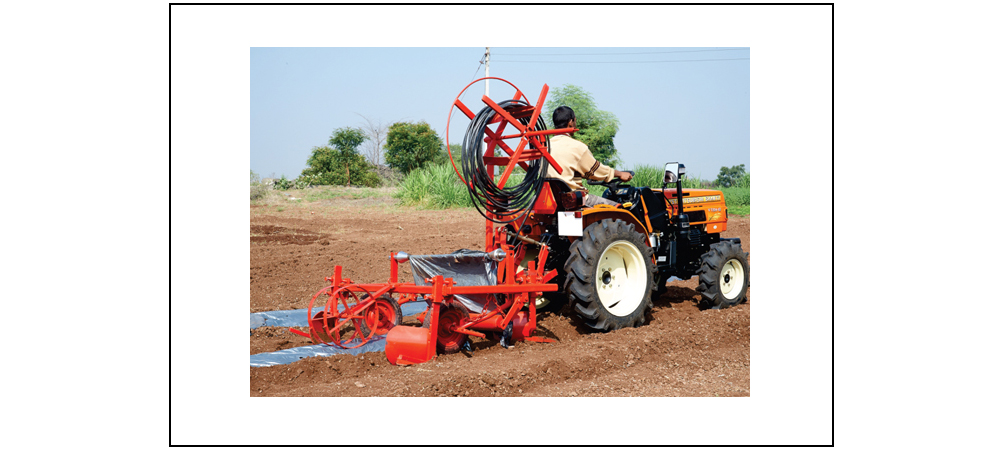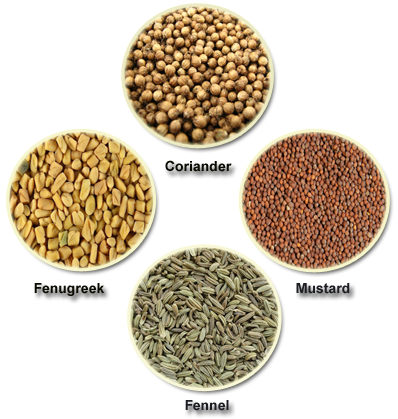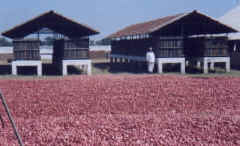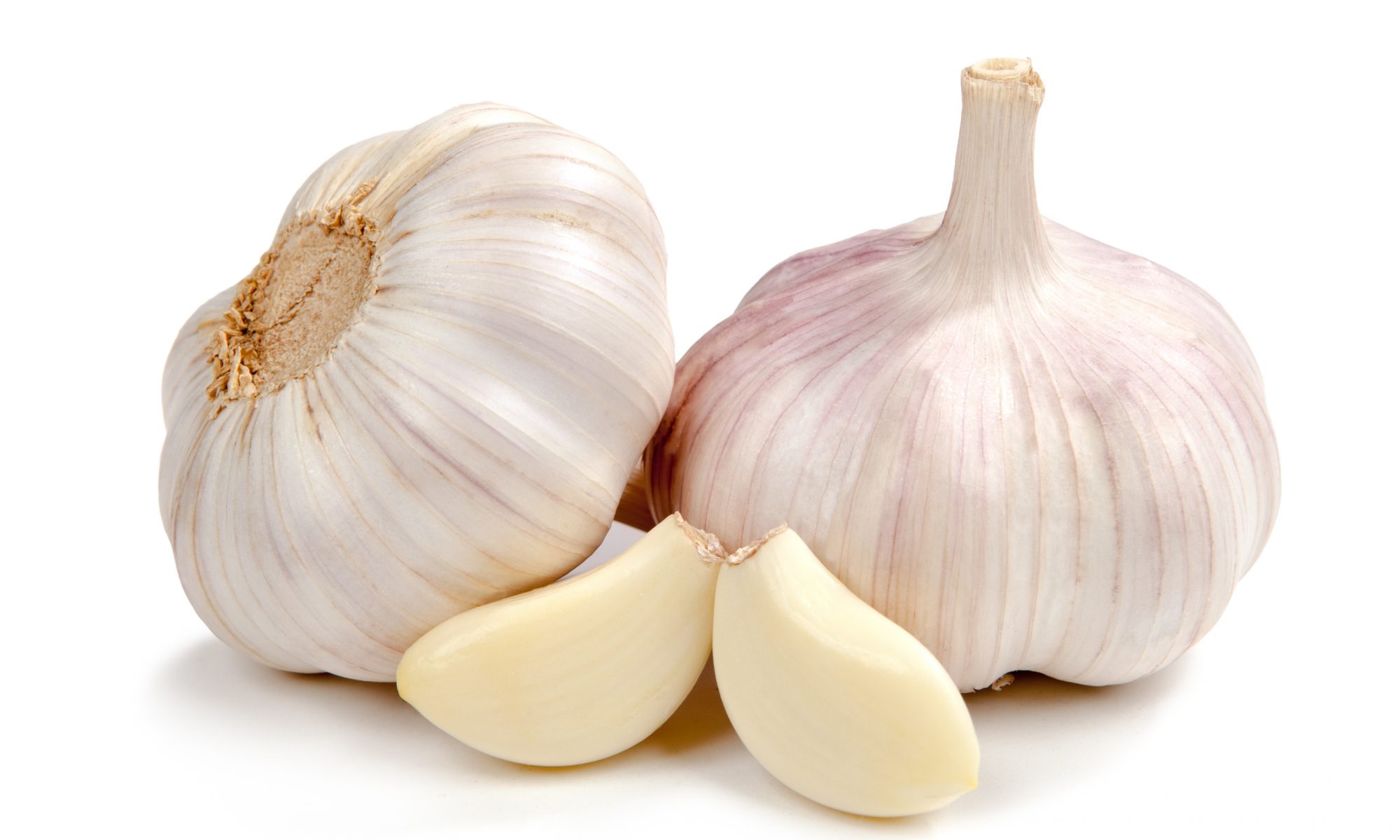Scheme for promotion of mechanization for the development of horticulture: – Farmers who want to use modern machines in horticulture crops, they are entitled to 50% of the unit cost or maximum subsidy following table on such devices-
| S.No | Horticulture Machinery | Maximum subsidy |
| 1 | Potato Planter/Digger | 30000.00 |
| 2 | Onion/Garlic Planter/Digger | 30000/- |
| 3 | Tractor Mounted spray pump | 75,000/- |
| 4 | Power operated pruning machine | 20,000/- |
| 5 | Fogging machine | 10000/- |
| 6 | Mulch laying Machine | 30000/- |
| 7 | Power tiller | 75,000 |
| 8 | Power weeder | 50,000/- |
| 9 | Tractor with rotavator | 1,50,000/- |
| 10 | Onion/ Garlic Marker | 500/- |
| 11 | Post Hole digger | 50,000/- |
| 12 | Tree Pruner | 45,000/- |
| 13 | Plant hedge Digger | 35,000/- |
| 14 | Mist Blower | 30,000/- |
| 15 | Power spray Pump | 25,000/- |
For more information contact to Senior Horticulture Development Officer at Horticulture Deptt.
http://www.mphorticulture.gov.in/schemes.php
Like and share with other farmers by clicking on button below.
Share







